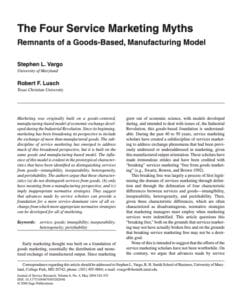Almquist,E., Senior. J., & Bloch, N. (2016)
Welcome to the Library
Hello. Why don’t you pull up one of those nice comfy chairs. Go on, settle yourself down in front of the crackling fire, with a good cup of tea (or coffee, or something stronger, the choice is yours).
This is my virtual library where I list the books and articles that have sparked my interest and thoughts. I’m not intending to give a detailed review of these books. Rather, just to highlight points of interest.
If you’re looking for the list of references, then you should try here.
I hope you find the items in the library as interesting and thought inspiring as I have! If you’ve got any comments or suggestions of other books and articles, please let me know!
Gummesson, E., Grönroos, C. (2012)
Pine, B.J. II, Gilmore, J. (2019)
Vargo, S., Lush, R. (2004)
A discussion on why intangible, heterogeneous, inseperable, and perishability of services is not a bad thing.
Prahalad C.K., Ramaswamy V. (2006)
Keller, E., Berry, J. (2003)
Hansen, M.T., Birkinshaw, J.
Christensen, C.M. (2016)
Christensen, C. M. (2013)




